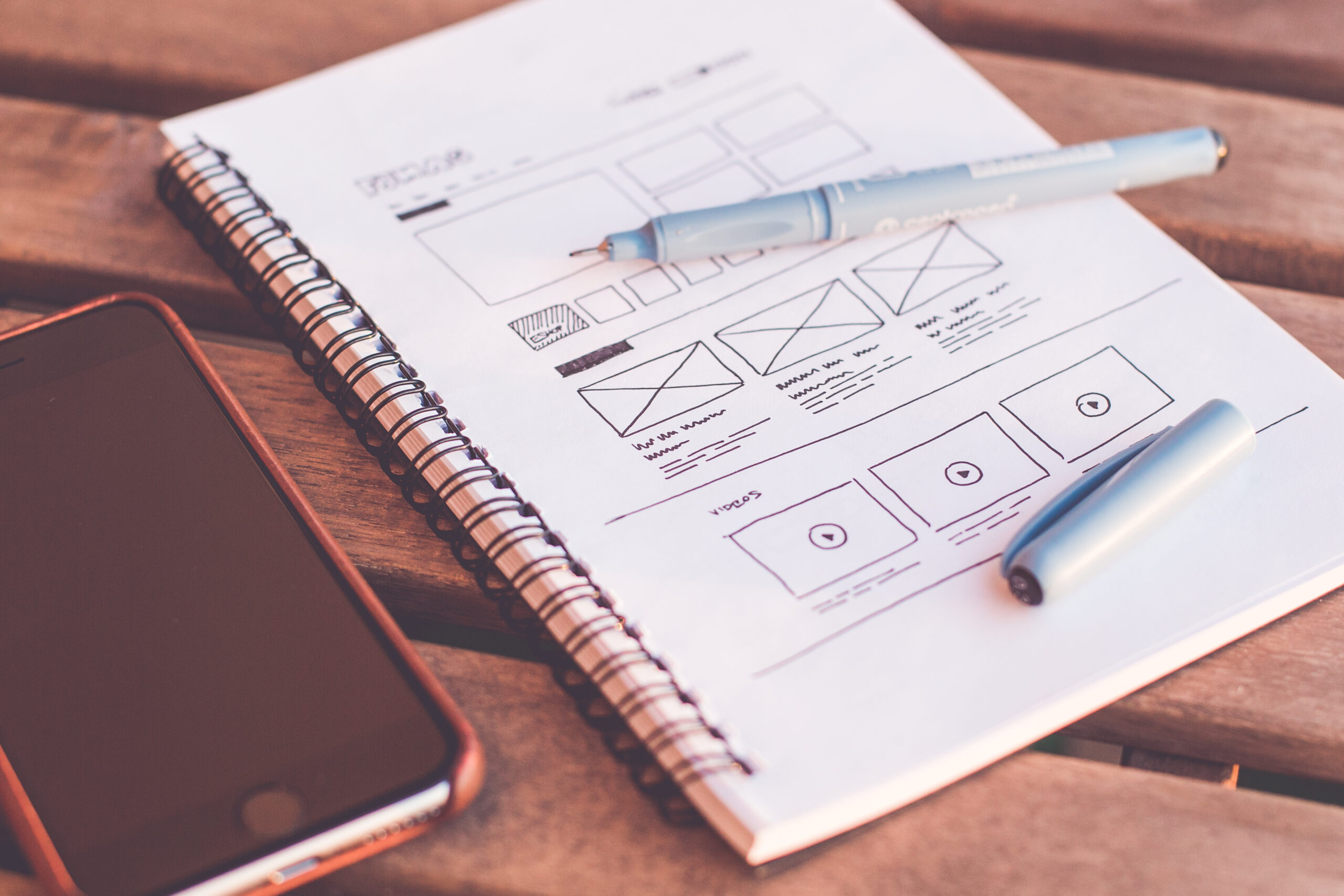
Creating a WordPress Website can seem like a daunting task, especially if you’re new to web development. However, by following a step-by-step guide and creating your Website offline, you can learn and experiment without affecting your live Website. In this article, we’ll walk you through the process of creating a WordPress Website offline from start to finish.
Step 1: Setting up a local server environment
The first step to creating a WordPress Website offline is to set up a local server environment on your computer. This allows you to run your Website and database locally without the need for an internet connection. One of the most popular tools for creating a local server environment is XAMPP. Here’s how to set IT up:
1. Download and install XAMPP from the Apache Friends Website.
2. Launch the XAMPP control panel and start the Apache and MySQL modules.
3. Open your web browser and type “localhost” or “127.0.0.1” into the address bar to confirm that the server is running correctly.
Step 2: Installing WordPress
Now that you have a local server environment set up, IT‘s time to install WordPress. Follow these steps:
1. Download the latest version of WordPress from the official Website.
2. Extract the downloaded folder and move IT to the “htdocs” folder in your XAMPP installation directory (e.g., “C:\xampp\htdocs\”).
3. Rename the extracted folder to your desired Website name (e.g., “mywebsite”).
4. Open your web browser and navigate to “localhost/mywebsite” to start the WordPress installation process.
Step 3: Creating a database
To run WordPress locally, you need to create a database. Here’s how:
1. Go to “localhost/phpmyadmin” in your web browser.
2. Click on the “New” button to create a new database.
3. Provide a name for your database (e.g., “mywebsite_db”) and click on the “Create” button.
4. Remember the database name as you’ll need IT during the WordPress installation.
Step 4: Configuring WordPress
Now IT‘s time to configure WordPress to connect to your newly created database. Follow these steps:
1. Select your desired language and click on the “Continue” button.
2. On the next screen, WordPress will ask you to provide the database details. Fill in the database name, username (which is “root” by default), and leave the password field blank.
3. Click on the “Submit” button and then on the “Run the installation” button.
4. Provide a title for your Website, create a username and password for the admin account, and enter your email address.
5. Click on the “Install WordPress” button to complete the installation process.
Step 5: Building your WordPress Website offline
Now that you have WordPress installed and configured, you can start building your Website offline. Here are some key steps:
1. Choose a theme: Browse the WordPress theme directory or consider using a premium theme for a more professional look.
2. Customize your Website: Use the WordPress Customizer to modify your site’s appearance, including colors, header, footer, and widgets.
3. Add plugins: Extend the functionality of your Website by installing and activating plugins for features like contact forms, SEO optimization, and social media integration.
4. Create pages and posts: Use the WordPress editor to craft engaging content for your Website‘s pages and blog posts.
Frequently Asked Questions (FAQs)
Q: Can I access my offline WordPress Website from other devices?
A: While your WordPress Website is running locally on your computer‘s server, IT can only be accessed from that specific device. If you want to access IT from other devices, you’ll need to set up a local area network or use a tool like ngrok to create a tunnel that allows external access to your server.
Q: Can I transfer my offline WordPress Website to a live server?
A: Yes! Once you’ve built your Website offline and are ready to take IT live, you can transfer IT to a live server by exporting your database and moving the WordPress files to the server. There are also migration plugins available that can simplify this process.
Q: Do I need an internet connection to work on my offline WordPress Website?
A: No, working on your offline WordPress Website doesn’t require an internet connection. However, if your theme or plugins rely on external resources, such as fonts or APIs, some features might not work properly without an internet connection.
Q: Can I use a local server environment other than XAMPP?
A: Yes, XAMPP is just one option for creating a local server environment. Other popular alternatives include WampServer and MAMP, each providing similar functionality. You can choose the one that best suits your needs.
By following this step-by-step guide, you can create and develop your WordPress Website offline. This allows you to experiment, learn, and perfect your site before launching IT live. Happy Website building!





